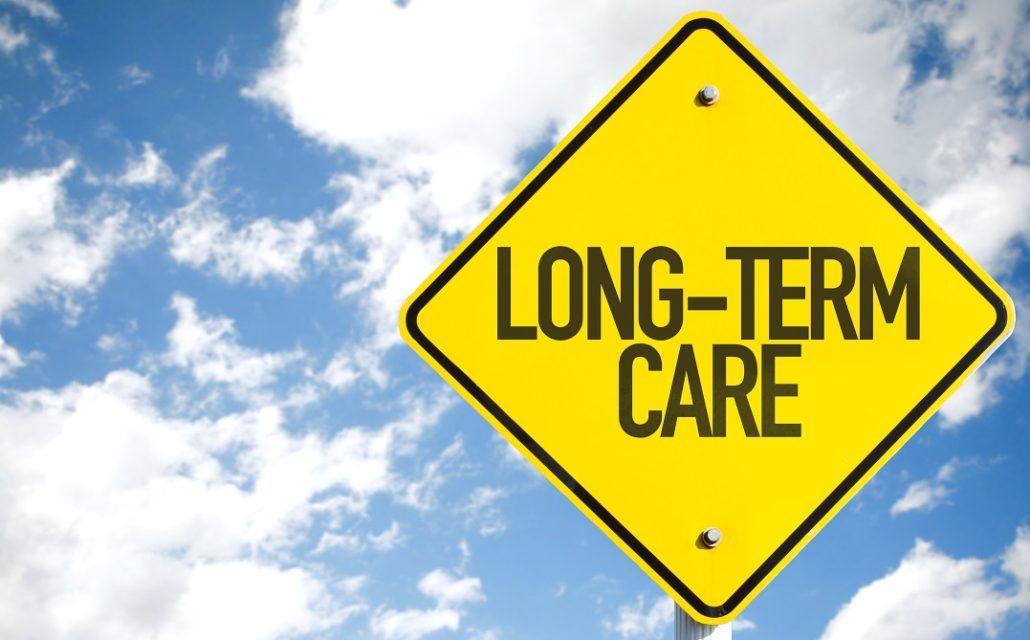We are now hearing the Left beat the “Medicare for All” drum, which Senator Bernie Sanders supported when he ran for president in 2016. “Medicare for All” is simply another way of saying “single-payer, government-run health care system.” A single-payer system is attractive to many people because of its perceived simplicity – the U.S. government would provide direct health services to all Americans.
Medicare, which began in 1965 is a single-payer system for seniors, 65 years of age and older. Funding is through payroll taxes, premiums, and an ever-increasing percentage of money from federal general taxes. By 1990, spending in Medicare was seven times over the original budget. Medicare is not financially sustainable in its present form. (here)
Medicare has helped many people, but the cost of “Medicare for All” would devastate the overall economy. Recently, the Mercatus Center published research on the actual cost of a Sanders’ current “Medicare for All” bill in the U.S. Senate. The numbers are staggering. (here)
From the summary included with the Mercatus paper:
“By conservative estimates, this legislation would have the following effects:
- Would add approximately $32.6 trillion to federal budget commitments during the first 10 years of its implementation (2022–2031).
- This projected increase in federal healthcare commitments would equal approximately 10.7 percent of GDP in 2022. This amount would rise to nearly 12.7 percent of GDP in 2031 and continue to rise thereafter.
These estimates are conservative because they assume the legislation achieves its sponsors’ goals of dramatically reducing payments to health providers, in addition to substantially reducing drug prices and administrative costs.
A doubling of all currently projected federal individual and corporate income tax collections would be insufficient to finance the added federal costs of the plan.
The Dramatic Federal Cost Increase Arises from Several Factors:
- First and foremost, the federal government would become responsible for financing nearly all current national health spending, including individual private insurance and state spending.
- The bill would increase federal health spending on the currently uninsured as well as those who now carry insurance by providing first-dollar coverage of their healthcare expenditures across the board, without deductibles or copayments.
- The bill would expand the range of services covered by federal insurance (for example, dental, vision, and hearing benefits).
- The bill would dramatically expand the demand for healthcare services, consistent with economics research findings that the more of an individual’s health costs are covered by insurance, the more services they tend to buy, irrespective of the services’ efficacy and value.”
Under a single-payer system, health care spending must compete with all other government activity for funding. This makes health care very political and subject to change with every new budget. It also forces each health care sector to compete with the other for limited money.
A single-payer system sounds like a simple solution to the U.S. health care problem. The reality is far different. Fundamentally, a single-payer system centralizes all health care with the government, is far too expensive, and limits access to health care by rationing. Instead of patients and doctors making key decisions, bureaucrats get to make those life and death choices about the kind and amount of health care people receive.






